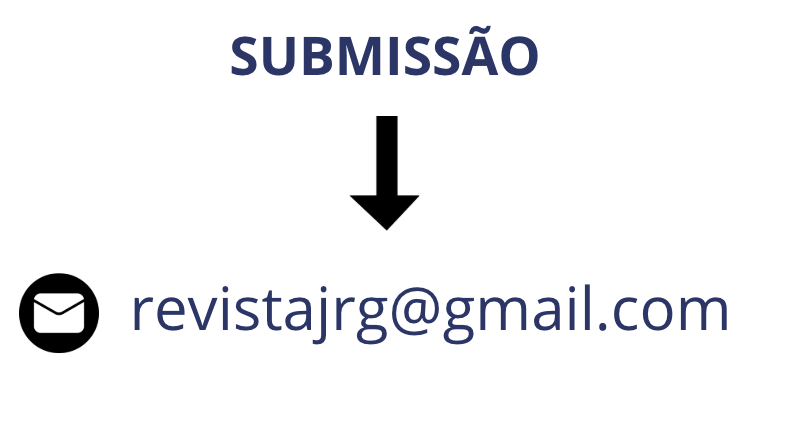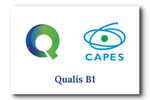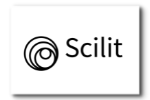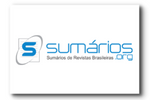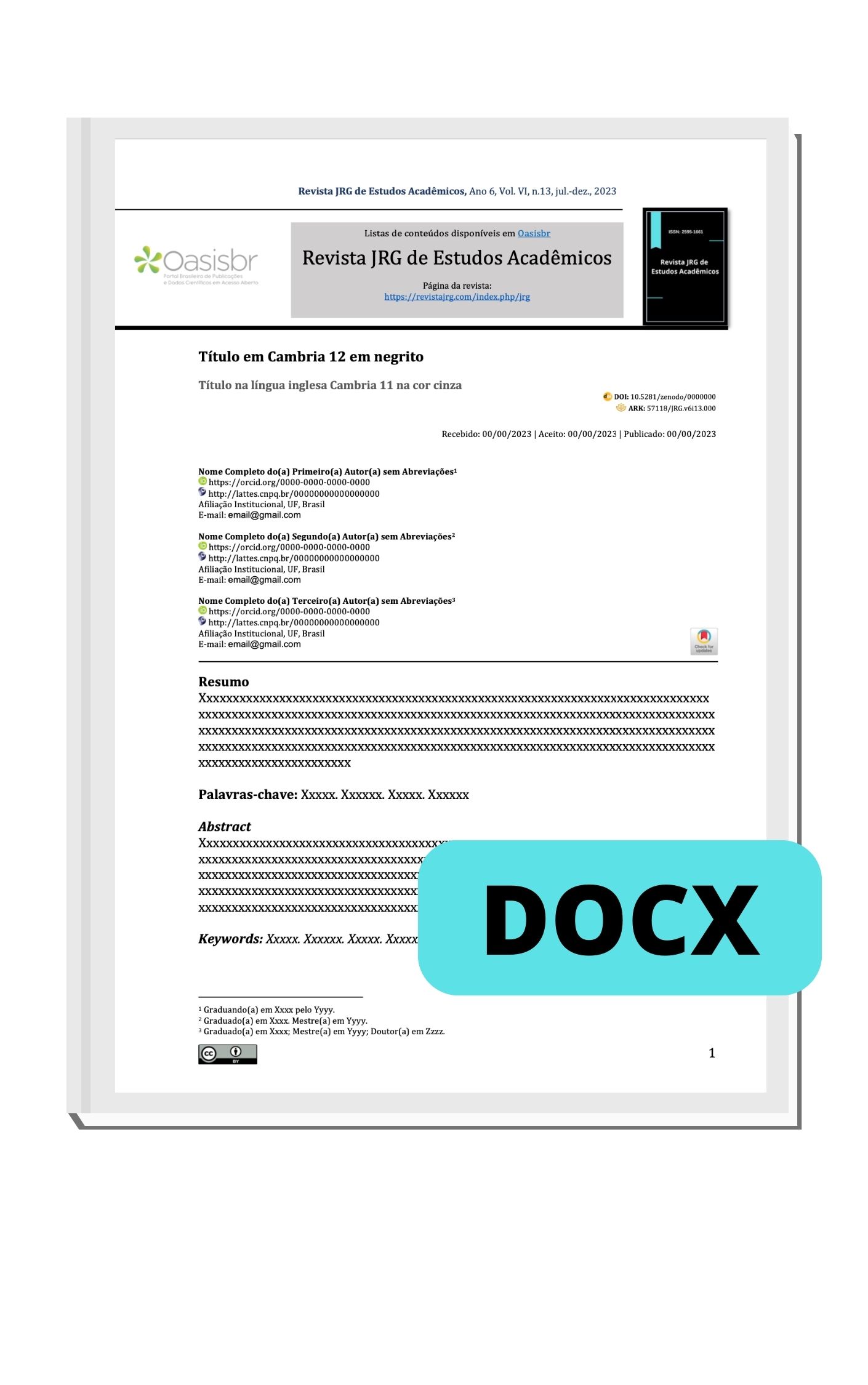Importance of riding therapy in children with cerebral palsy in postural motor control
DOI:
https://doi.org/10.55892/jrg.v7i14.1139Keywords:
Hippotherapy, Horse-assisted therapy, Cerebral palsy, Postural balance, PhysiotherapyAbstract
Introduction: Cerebral palsy is a common neurological condition that affects the motor and cognitive development of children due to brain injuries occurring during the fetal, perinatal or postnatal period. It manifests itself as motor, postural and cognitive disorders, limiting the child's independence and autonomy. Given this reality, it is crucial to seek effective therapeutic interventions, capable of generating significant improvements in aspects of the pathology. There are positive results with the application of rehabilitation schemes designed to develop skills that allow them to better coordinate their motor activities. Gaining postural balance occurs through repetition, reaction and motivation, therefore, some therapeutic interventions have proven to be efficient in the rehabilitation of motor dysfunctions, and among them, equine therapy stands out. Equine therapy, a form of horse-assisted therapy, has emerged as an effective therapeutic intervention to improve postural motor control, balance and muscle strength. Objective: to analyze the importance of hippotherapy in postural motor control, and the benefits observed in postural motor development. Methodology: To conduct this research, the literature was analyzed about the impact of hippotherapy on postural motor control in children with cerebral palsy. Based on randomized controlled clinical studies, systematic reviews, magazines and articles in journals published between 2015 and 2024. The search was carried out in databases such as PubMed, SciELO, Google Scholar and VHL, using terms in Portuguese and English related to hippotherapy and cerebral palsy. Studies with patients diagnosed with cerebral palsy and undergoing hippotherapy were included. Results/Discussion: Equine therapy is an innovative therapeutic approach that uses horses as partners in the rehabilitation process of children with cerebral palsy. This practice offers significant physical benefits, improving postural motor control, balance, mobility and motor function. There are different types of hippotherapy, including passive hippotherapy, active hippotherapy and as a complete therapeutic technique. Physiotherapy plays a fundamental role in monitoring patients during equine therapy sessions. During the sessions, the horse's three-dimensional movement stimulates sensory and neuromuscular responses, promotes postural adjustments and improves motor coordination. Hippotherapy is also effective in regulating muscle tone and improving static and dynamic balance. Furthermore, the assessment of motor function using the GMFM-66 scale showed positive results. Finals Considerations: The study revealed that hippotherapy is effective in improving postural motor control in children with cerebral palsy. Furthermore, it brings important physical, emotional and psychological benefits, helping to regulate muscle tone, improve motor functions and neurological development. Interaction with the horse during hippotherapy sessions stimulates sensory and neuromuscular responses that contribute to these improvements. Thus, this research highlights the relevance of hippotherapy as a valuable therapeutic intervention for children with cerebral palsy, indicating the need for further studies to investigate its effectiveness in different types of this condition and analyze its long-term effects.
Downloads
References
- SILVA, Joelma Regina de Assis da; LIMA, Fernanda Godoy; SILVA, Caroline Santana; CORDEIRO, Ana Carla Souza. Efeitos da equoterapia no equilíbrio, espasticidade e simetria corporal de crianças com paralisia cerebral: revisão sistemática. Arquivos de Ciências da Saúde, [S.L.], v. 29, n. 1, p. 1, 13 jun. 2022. Faculdade de Medicina de Sao Jose do Rio Preto - FAMERP. http://dx.doi.org/10.17696/2318-3691.29.1.2022.1975.
- PEIXOTO, Marcus Valerius da Silva; DUQUE, Andrezza Marques; CARVALHO, Susana de; GONÇALVES, Társilla Pereira; NOVAIS, Ana Paula de Souza; NUNES, Marco Antônio Prado. Características epidemiológicas da paralisia cerebral em crianças e adolescentes em uma capital do nordeste brasileiro. Fisioterapia e Pesquisa, [S.L.], v. 27, n. 4, p. 405-412, dez. 2020. FapUNIFESP (SciELO). http://dx.doi.org/10.1590/1809-2950/20012527042020.
- PARALISIA CEREBRAL. S.I: Biblioteca Virtual em Saúde, 2019.
- FORTUNATO, Luana Aparecida Gabriel. EQUOTERAPIA COMO ALTERNATIVA TERAPÊUTICA NO EQUILÍBRIO POSTURAL EM CRIANÇAS QUE POSSUEM DISFUNÇÕES MOTORAS. Revista Brasileira de Reabilitação e Atividade Física, Vitória, v. 11, n. 1, p. 1-10, jul. 2022.
- MOTA, Jeyelle Dias; SOARES, Mateus Ferreira; RISELO, Juliany Reichembach. Explorando os benefícios terapêuticos da equoterapia no tratamento da paralisia cerebral: um estudo de revisão. Research, Society And Development, [S.L.], v. 12, n. 14, p. 1-7, 17 dez. 2023. Research, Society and Development. http://dx.doi.org/10.33448/rsd-v12i14.44531.
- CARVALHO, Danniely Soares; FERREIRA, Deborah Camila Reis; SILVA, Karla Camila Correia da. EQUOTERAPIA NO TRATAMENTO DA PARALISIA CEREBRAL. Revista Foco, [S.L.], v. 16, n. 9, p. 1-13, 28 set. 2023. South Florida Publishing LLC. http://dx.doi.org/10.54751/revistafoco.v16n9-186.
- VIDAL, Alessandra; FERNANDES, Jorge Manuel Gomes de Azevedo; GUTIERRES, Ivanilda Costa da Rosa; SILVA, Franciele Cascaes da; SILVA, Rudney; GUTIERRES FILHO, Paulo José Barbosa. Effects of weekly hippotherapy frequency on gross motor function and functional performance of children with cerebral palsy: a randomized controlled trial. Motricidade, [S.L.], p. 1-8, 2 abr. 2021. Motricidade. http://dx.doi.org/10.6063/MOTRICIDADE.23847.
- JAMI VARGAS, Luis Patricio et al . Aplicación de la hipoterapia en los niños con parálisis cerebral. AMC, Camagüey , v. 20, n. 5, p. 496-506, oct. 2016 . Disponible en <http://scielo.sld.cu/scielo.php?script=sci_arttext&pid=S1025-02552016000500006&lng=es&nrm=iso>. accedido en 20 mayo 2024.
- LIMA, Matheus Braga de; ALGERI, Simone; SILVA, Priscila Arruda da; SILVA, Michele Peixoto da; OLIVEIRA, Naila Bragança Carvalho de; VIANA, Ana Cristina Wesner. Benefícios da equoterapia em crianças com paralisia cerebral: revisão integrativa. Research, Society And Development, [S.L.], v. 10, n. 2, p. 1-7, 16 fev. 2021. Research, Society and Development. http://dx.doi.org/10.33448/rsd-v10i2.12506.
- MARANHÃO, Március Vinícius M. Anestesia e paralisia cerebral. Revista Brasileira de Anestesiologia, v. 55, p. 680-702, 2005.
- LÓPEZ-ROA, Lina María. Hipoterapia como técnica de habilitação e reabilitação. Seção de Artigos de Revisão, Cartagena Colômbia, v. 17, n. 2, p. 1-9, set. 2015
- DE ALBUQUERQUE CANTO, Alana et al. Os efeitos da Equoterapia no controle postural em crianças com encefalopatia crônica não evolutiva: uma revisão sistemática. Revista Eletrônica Acervo Saúde, v. 13, n. 4, p. e6793-e6793, 2021.
- DA SILVEIRA, Michele Marinho; WIBELINGER, Lia Mara. Reeducação da postura com a equoterapia. Revista Neurociências, v. 19, n. 3, p. 519-524, 2011
- DE JESUS FREIRE, Victor Hugo et al. A equoterapia como recurso fisioterapêutico junto a indivíduos com diagnóstico de paralisia cerebral. Fisioterapia Brasil, v. 21, n. 1, 2020.




